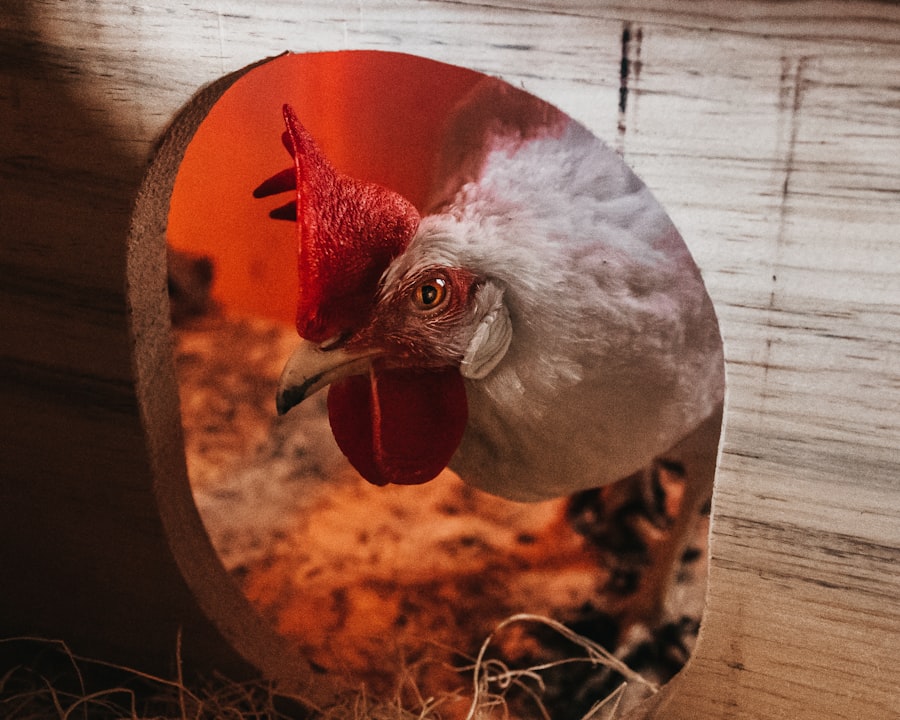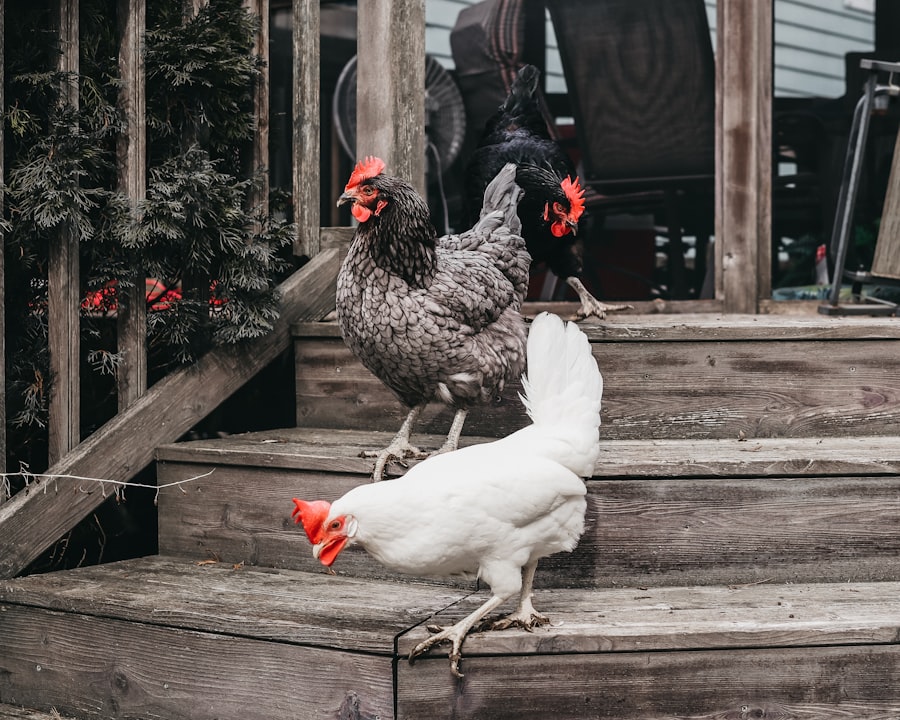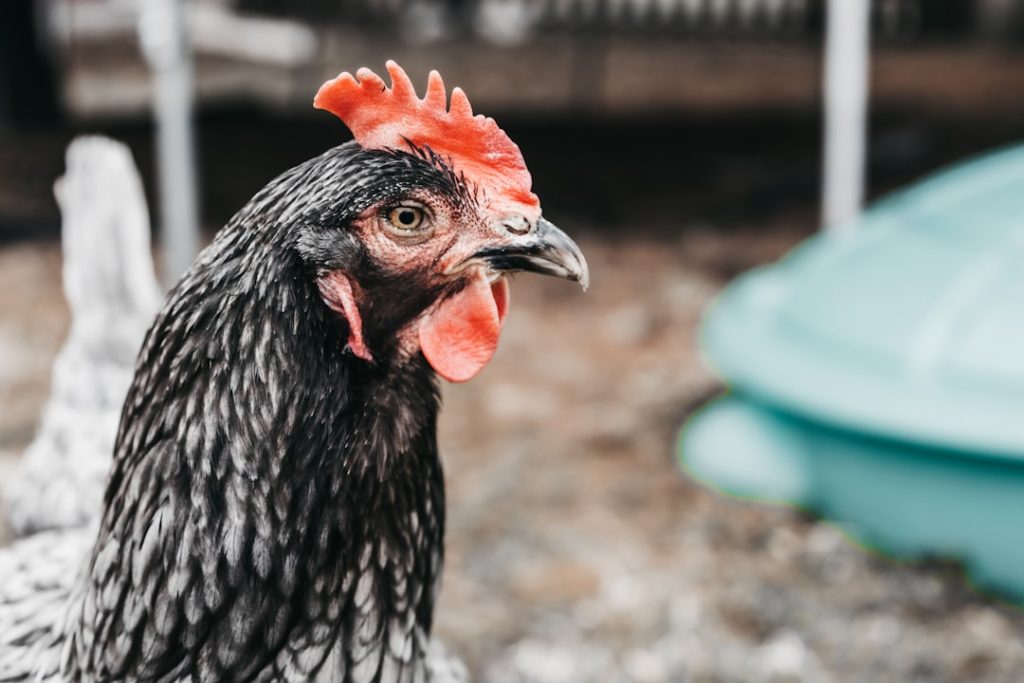Chicken keeping has experienced a surge in popularity in recent years, driven by a growing interest in self-sufficiency and sustainable living practices. This trend spans both rural and urban environments, as individuals recognize the multiple benefits of raising chickens. These benefits include a consistent supply of fresh eggs, natural pest control, organic fertilizer production, and the potential for companionship.
A critical aspect of successful chicken husbandry is providing sufficient space for the birds to roam and forage. This article will address several key topics related to land requirements for chickens:
1. Space requirements for chickens
2.
Factors influencing land needs calculations
3. Advantages of providing adequate land for chickens
4. Strategies for optimizing land use
5.
Challenges associated with insufficient land
6. Important considerations for prospective chicken keepers
By examining these topics, readers will gain a comprehensive understanding of the land requirements necessary for maintaining a healthy and productive flock of chickens.
Table of Contents
- 1 Space Requirements for Chickens
- 2 Factors to Consider When Calculating Land Needs
- 3 Benefits of Providing Adequate Land for Chickens
- 4 Tips for Maximizing Land Use for Chickens
- 5 Potential Challenges of Insufficient Land for Chickens
- 6 Conclusion and Final Considerations for Keeping Chickens
- 7 FAQs
- 7.1 What is the minimum amount of land needed to keep chickens?
- 7.2 What factors determine the amount of land needed for keeping chickens?
- 7.3 Can chickens be kept in urban or suburban areas with limited space?
- 7.4 What are the benefits of providing ample space for chickens?
- 7.5 Are there alternative housing options for keeping chickens in limited space?
Key Takeaways
- Keeping chickens can be a rewarding and sustainable practice for many people, but it’s important to understand the space requirements and considerations for providing adequate land for them.
- Chickens require a certain amount of space to roam, forage, and exhibit natural behaviors, so it’s important to consider the space requirements when planning for their housing and outdoor areas.
- Factors such as the number of chickens, breed, and intended use of the chickens (e.g. egg production, meat production) should be considered when calculating the land needs for chickens.
- Providing adequate land for chickens can lead to benefits such as improved health and well-being, better egg production, and reduced behavioral issues.
- To maximize land use for chickens, consider rotational grazing, providing enrichment activities, and creating a well-designed outdoor space that meets their needs.
- Insufficient land for chickens can lead to issues such as overcrowding, increased aggression, and poor health, so it’s important to carefully plan and provide enough space for them to thrive.
- In conclusion, keeping chickens can be a fulfilling experience, but it’s crucial to consider their space requirements and provide adequate land to ensure their welfare and productivity.
Space Requirements for Chickens
Minimum Space Requirements
When it comes to space requirements for chickens, the general rule of thumb is to provide at least 2-3 square feet of coop space per bird and 8-10 square feet of outdoor space per bird. This means that if you have a small flock of 4-6 chickens, you will need a coop that is at least 8-18 square feet and a run or outdoor area that is at least 32-60 square feet.
Benefits of Providing More Space
Chickens that have more space to roam and forage are generally healthier, happier, and less likely to exhibit aggressive or destructive behaviors. Additionally, having more space can help reduce the risk of disease and parasites spreading among the flock.
Coop Design and Outdoor Space Considerations
In terms of coop design, it’s important to ensure that there is enough roosting space for each bird, as well as nesting boxes for laying eggs. The coop should also be well-ventilated and provide protection from predators and the elements. When it comes to outdoor space, having a secure run or fenced-in area is essential to keep your chickens safe from predators and to prevent them from wandering into areas where they shouldn’t be. Providing enrichment such as perches, dust baths, and areas for scratching and pecking can also help keep your chickens active and engaged.
Factors to Consider When Calculating Land Needs

When calculating land needs for chickens, there are several factors to consider. The first factor is the size of your flock. As mentioned earlier, the general guideline is to provide 8-10 square feet of outdoor space per bird, so the size of your outdoor area will depend on the number of chickens you have.
Another factor to consider is the breed of chickens you are keeping. Some breeds are more active and require more space to roam, while others are content with less space. Additionally, if you plan to allow your chickens to free-range, you will need to take into account the amount of land available for them to roam and forage.
The layout of your property and any zoning or local regulations will also play a role in determining your land needs for chickens. If you live in an urban or suburban area, you may have limited space available for your chickens, so maximizing the use of the space you have is crucial. On the other hand, if you live in a rural area with plenty of land, you may have more flexibility in providing ample space for your flock.
It’s also important to consider the terrain and vegetation on your property, as well as any potential hazards or obstacles that could impact the amount of usable land for your chickens.
Benefits of Providing Adequate Land for Chickens
Providing adequate land for your chickens offers a wide range of benefits for both the birds and their caretakers. One of the primary benefits is that chickens that have plenty of space to roam and forage are generally healthier and happier. They have the opportunity to engage in natural behaviors such as scratching, pecking, dust bathing, and exploring their environment.
This can lead to reduced stress and boredom, which in turn can result in lower rates of aggression and feather picking within the flock. In addition to the benefits for the chickens themselves, providing adequate land can also have positive effects on the surrounding environment. Chickens are natural foragers and can help control pests such as insects and weeds.
By allowing them access to a larger outdoor area, they can contribute to a more balanced ecosystem on your property. Furthermore, the manure produced by the chickens can serve as a valuable source of fertilizer for your garden or crops. By allowing the chickens to roam and graze on a larger area of land, you can also reduce the need for supplemental feed, which can lead to cost savings in the long run.
Tips for Maximizing Land Use for Chickens
Maximizing land use for chickens involves thoughtful planning and design to ensure that your flock has access to as much space as possible while still maintaining their safety and well-being. One way to maximize land use is by utilizing movable or portable coops and fencing systems. This allows you to rotate your chickens onto fresh pasture regularly, which not only provides them with new areas to explore and forage but also helps prevent overgrazing and soil depletion in one area.
Additionally, using portable systems can help minimize damage to vegetation and soil compaction. Another tip for maximizing land use is to incorporate vertical space into your chicken setup. By utilizing vertical structures such as arbors, trellises, or hanging baskets, you can create additional areas for your chickens to explore and perch on without taking up valuable ground space.
This can also provide enrichment and stimulation for your flock by offering them new heights to explore and interact with.
Potential Challenges of Insufficient Land for Chickens

Overcrowding and Disease Transmission
One of the primary challenges of insufficient land is overcrowding, which can lead to increased stress, aggression, and competition within the flock. This, in turn, increases the risk of disease transmission and parasite infestations among the birds.
Environmental Degradation and Increased Feed Costs
Insufficient land can also lead to overgrazing and soil depletion in the outdoor area where the chickens are kept, impacting the quality of forage available to them. As a result, caretakers may need to provide supplemental feed to meet the birds’ nutritional needs, leading to increased costs and potentially compromising their natural diet.
Impact on Chicken Behavior and Well-being
Furthermore, insufficient land can limit the ability of chickens to engage in natural behaviors such as dust bathing, scratching, and exploring their environment, ultimately affecting their overall well-being.
Conclusion and Final Considerations for Keeping Chickens
In conclusion, providing adequate land for chickens is essential for their health, well-being, and overall quality of life. By ensuring that your flock has enough space to roam and forage, you can promote natural behaviors, reduce stress and aggression, and contribute to a more balanced ecosystem on your property. When calculating land needs for chickens, it’s important to consider factors such as flock size, breed, property layout, local regulations, terrain, and vegetation.
Maximizing land use for chickens through thoughtful design and planning can help ensure that your flock has access to as much space as possible while still maintaining their safety and well-being. However, it’s important to keep in mind that providing adequate land for chickens is just one aspect of responsible chicken keeping. Proper nutrition, access to clean water, protection from predators, regular health checks, and a clean living environment are also crucial components of caring for a flock.
If you are considering keeping chickens or already have a flock, it’s important to educate yourself on best practices for chicken care and seek guidance from experienced chicken keepers or agricultural extension services in your area. With proper planning and attention to their needs, keeping chickens can be a rewarding experience that provides fresh eggs, natural pest control, fertilizer for your garden, and a connection to the natural world.
If you’re considering keeping chickens, you may also be interested in learning about the importance of providing a suitable chicken coop and nest box. This article discusses the necessary space and features for keeping chickens comfortable and healthy. It’s important to consider the amount of land needed to accommodate your flock and provide them with a safe and secure environment.
FAQs
What is the minimum amount of land needed to keep chickens?
The minimum amount of land needed to keep chickens is typically around 2-3 square feet per bird in a coop, and 8-10 square feet per bird in an outdoor run.
What factors determine the amount of land needed for keeping chickens?
The amount of land needed for keeping chickens depends on the number of birds, the size of the coop and outdoor run, the breed of chickens, and local zoning regulations.
Can chickens be kept in urban or suburban areas with limited space?
Yes, chickens can be kept in urban or suburban areas with limited space, as long as there is enough room for a small coop and outdoor run, and local regulations allow for keeping chickens.
What are the benefits of providing ample space for chickens?
Providing ample space for chickens allows for better health and well-being, reduces stress and aggression, promotes natural behaviors like foraging, and helps prevent the spread of diseases.
Are there alternative housing options for keeping chickens in limited space?
Yes, there are alternative housing options for keeping chickens in limited space, such as mobile chicken coops (chicken tractors), vertical coops, and utilizing vertical space for outdoor runs.
Meet Walter, the feathered-friend fanatic of Florida! Nestled in the sunshine state, Walter struts through life with his feathered companions, clucking his way to happiness. With a coop that’s fancier than a five-star hotel, he’s the Don Juan of the chicken world. When he’s not teaching his hens to do the cha-cha, you’ll find him in a heated debate with his prized rooster, Sir Clucks-a-Lot. Walter’s poultry passion is no yolk; he’s the sunny-side-up guy you never knew you needed in your flock of friends!







